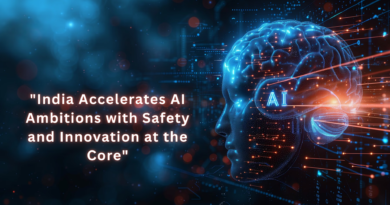The Human Side of AI: How Technology is Reshaping Our Relationships
Artificial Intelligence is no longer just a tool for automation or data processing it’s becoming a quiet companion in our daily lives, subtly influencing the way we build and maintain relationships. From dating apps that use machine learning to suggest ideal matches, to virtual companions offering support during lonely moments, AI is stepping into deeply personal spaces. These technologies offer convenience and even emotional comfort, but they also raise questions about the nature of human connection in a world where interactions are increasingly filtered through algorithms.
One of the most fascinating aspects of AI’s role in relationships is its growing emotional intelligence. Tools that analyze tone, facial expressions, and language are being integrated into therapy apps, virtual assistants, and communication platforms. These systems can help people become more aware of their emotional states and improve the way they interact with others. However, this also opens the door to over-monitoring, where people may feel scrutinized or manipulated by software that’s always analyzing their moods potentially leading to anxiety or a lack of authenticity.
In family dynamics and caregiving, AI has brought about practical benefits. Smart baby monitors, eldercare robots, and AI-powered educational tools are helping families stay connected, safe, and supported. In some cases, AI even bridges generational gaps, translating languages or simplifying technology use for older adults. Still, there’s a delicate balance to strike overdependence on AI may risk replacing the warmth, empathy, and presence that only humans can provide.
To harness the power of AI positively in relationships, it’s essential to prioritize ethical design, human-centered interaction, and emotional intelligence. AI should act as a tool that enhances understanding and empathy, not a substitute for real human connection. When used thoughtfully, AI has the potential to deepen relationships, promote inclusivity, and help people feel more seen and supported not just by machines, but by each othe




